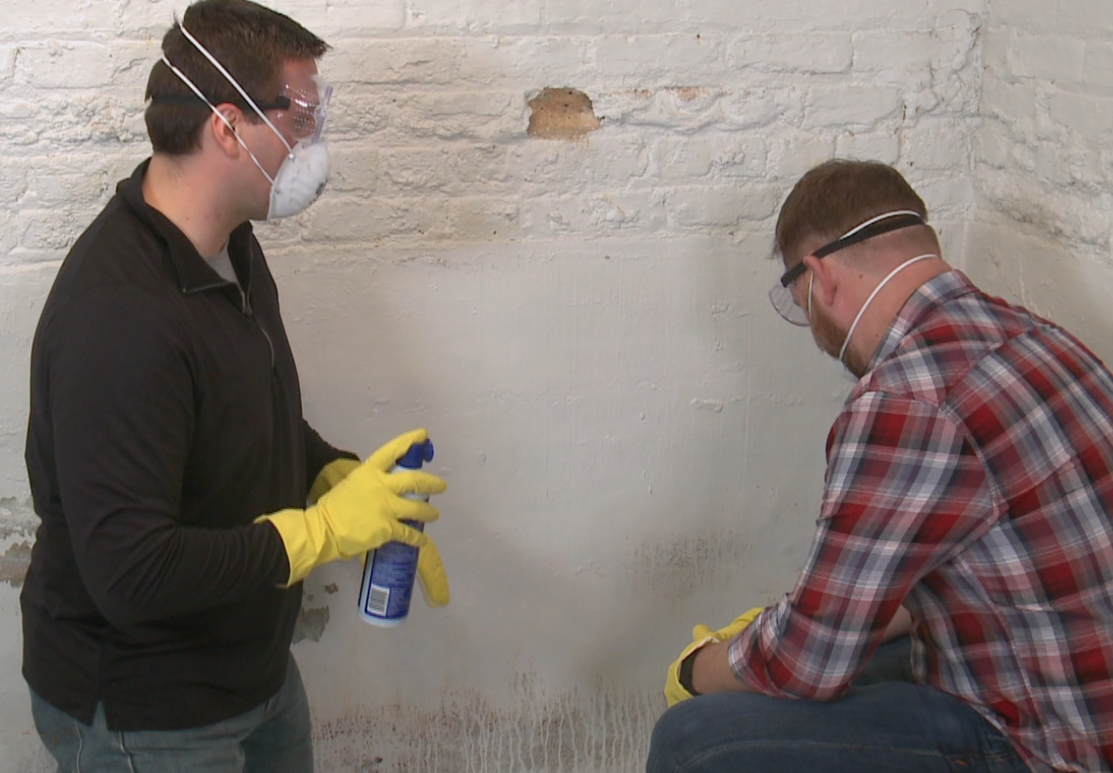The production of methamphetamine includes the usage of numerous toxic chemicals, many of which are hazardous to human well being and may pose severe risks to these exposed. The particular chemicals used can differ based on the manufacturing method, however widespread elements embody:
Ephedrine or Pseudoephedrine: These are precursor chemicals commonly present in over-the-counter cold medicines. get more info are used as the beginning point for methamphetamine synthesis.
Red Phosphorus: A highly flammable and toxic substance, pink phosphorus is commonly used within the manufacturing course of to convert ephedrine or pseudoephedrine into methamphetamine.
Anhydrous Ammonia: This is a concentrated type of ammonia that's commonly utilized in agriculture. It is highly caustic and poses well being dangers, particularly if inhaled or involved with the skin.
Lithium: Often obtained from lithium batteries, this steel is used in the synthesis process and may be reactive and dangerous.
Hydrochloric Acid: A corrosive and highly acidic substance used in the manufacturing course of to convert precursor chemical substances into methamphetamine.

Sodium Hydroxide (Lye): A robust base used to adjust the pH in the course of the synthesis process.
Acetone: A extremely flammable solvent used in the production process for extraction and purification.
Toluene: A solvent with potential health hazards, including respiratory and neurological results, generally used in meth synthesis.
Sulfuric Acid: A highly corrosive and powerful acid used within the manufacturing process.
Iodine: Used in sure synthesis strategies to produce methamphetamine.
Methylamine: A precursor chemical used in some strategies of methamphetamine synthesis.
It's necessary to note that the chemicals listed above are just a selection, and the precise mixture and portions can range relying on the specific synthesis methodology employed. The production of methamphetamine is unlawful, and using these chemical compounds poses vital dangers to the environment and public well being. The residues left behind after meth production can contaminate surfaces, posing long-term health dangers to those who come into contact with them. This is why the cleanup of former meth labs requires specialised information and professional expertise..
